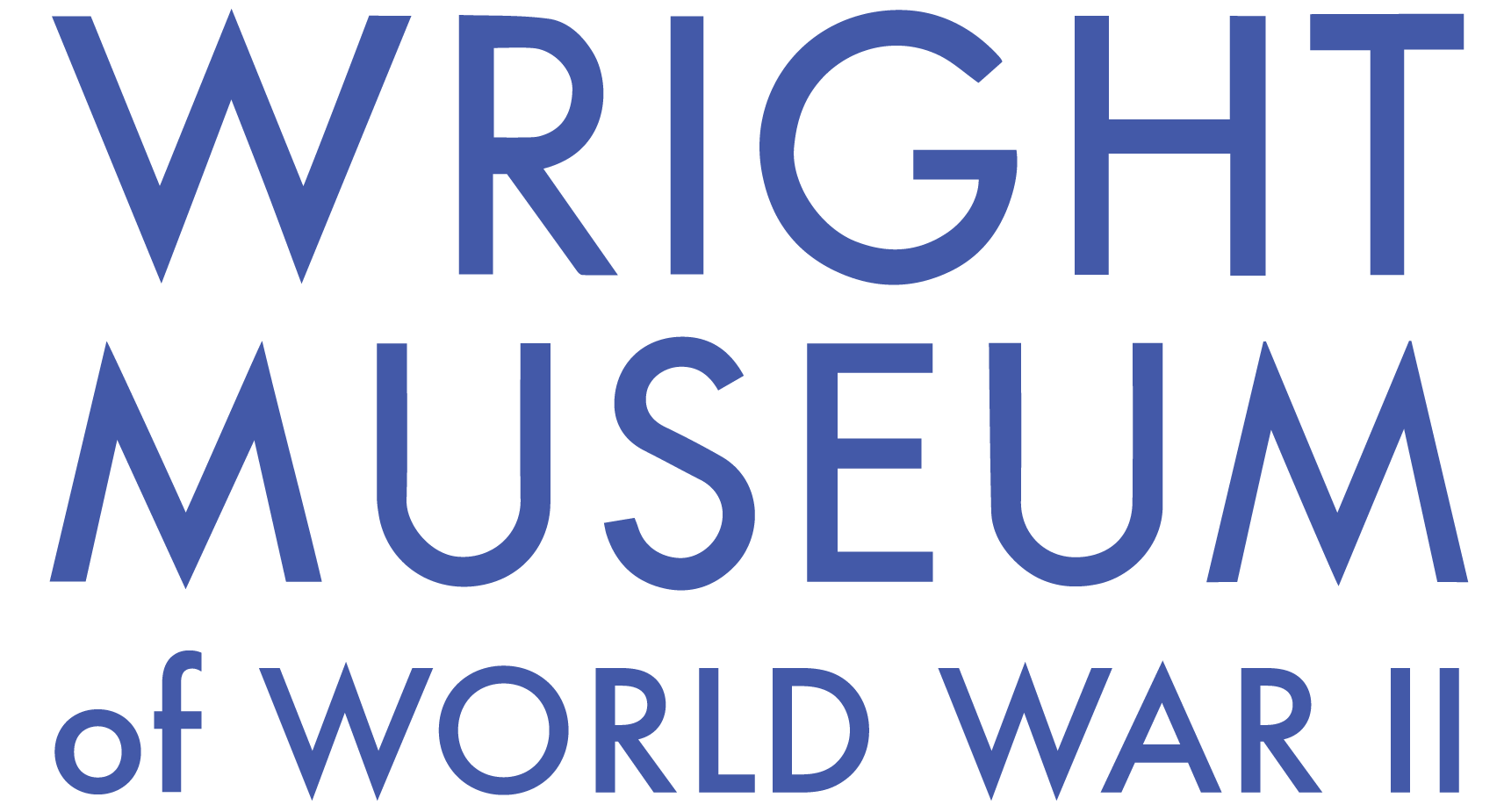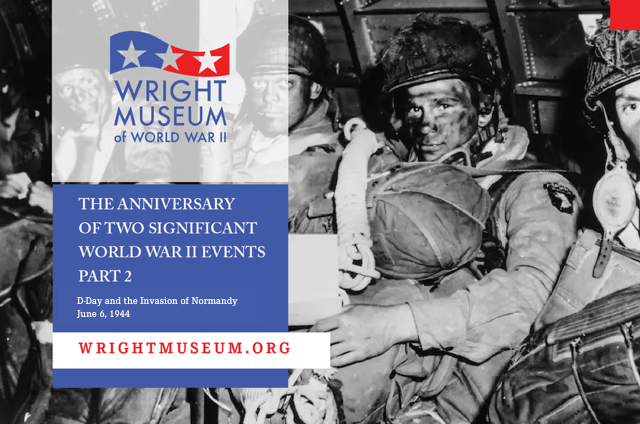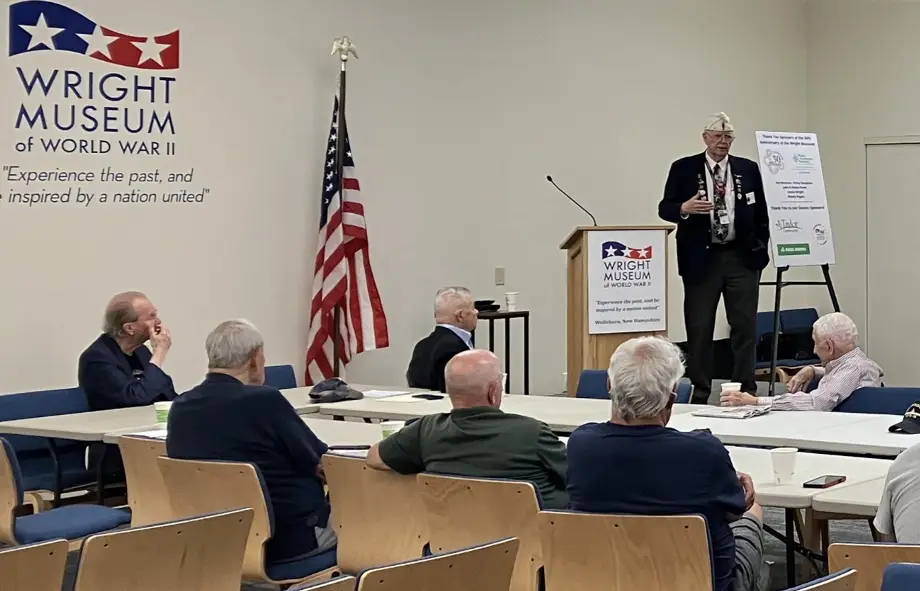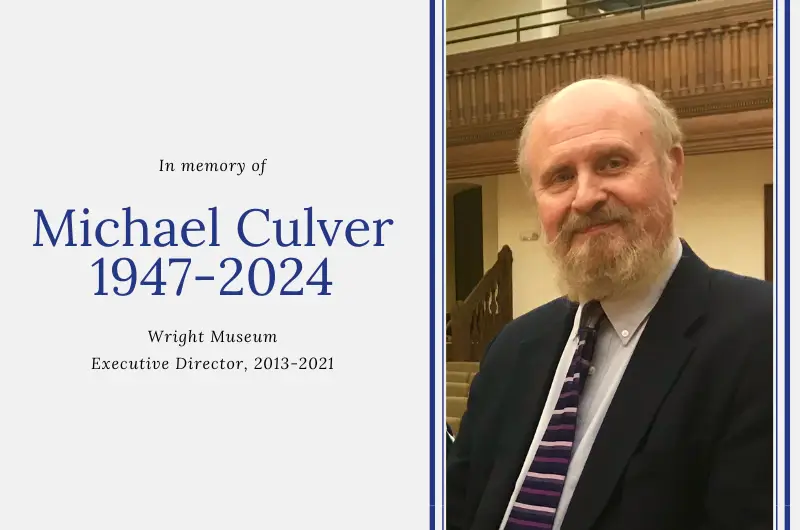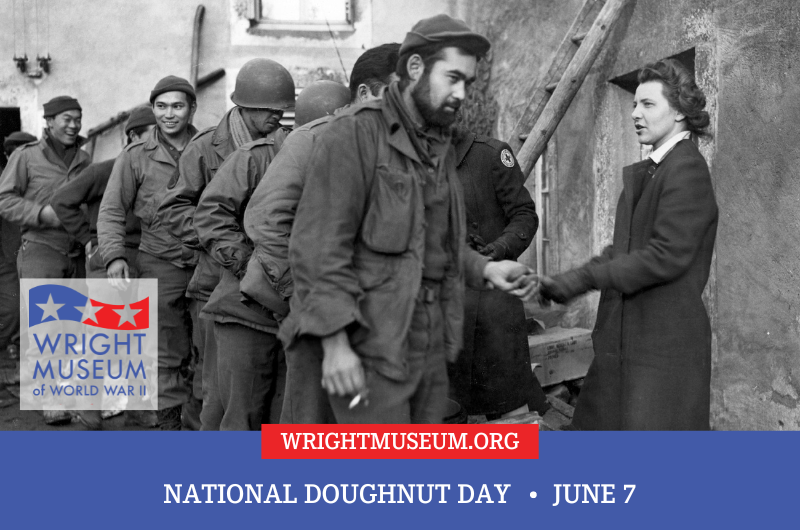June marks two significant anniversaries of events that eventually determined the outcome of World War II. One took place in 1942 in the Pacific Theater, the other in 1944 in the European Theater. Both allowed Allied forces to gain an offensive hold that would ultimately lead to victory.
D-Day and the Invasion of Normandy, June 6, 1944
Two years after the Battle of Midway marked a turning point in naval operations in the Pacific Theater: Allied forces launched “the largest amphibious invasion in military history,” as described by the Eisenhower Presidential Library. With a force that included 7,000 ships and landing craft and 195,000 naval personnel from Allied countries, the coalition landed on Normandy beaches in an operation designated Overlord. During the landing, Allied forces experienced over 10,000 casualties, and by the end of the month more than 850,000 military personnel had landed on the shores of Normandy. D-Day marked the culmination of years of planning by Allied forces and the beginning of the end of the war in the European Theater.
In the early hours of June 6, 1944, one day after the invasion was postponed due to weather, over 1,200 aircraft dropped paratroopers into Normandy, with the naval attack beginning around 5:30 a.m. By sunrise, hundreds of landing vessels began carrying Allied forces onto the five beaches (Utah, Omaha, Gold, Juno, and Sword) covering roughly 50 miles of coastline in northern France. By day’s end, Allied forces were in control of all five beaches, though German fortifications at Omaha Beach ensured the American landing at that beach would be the bloodiest of the day.
The invasion of Normandy and beyond began in earnest after securing the beaches of Normandy and overtaking German fortifications. By the end of July 1944, Allied forces began a massive assault by air on German positions. Operation Cobra, as it was designated, took place near Saint-Lô and signaled the end of the Normandy campaign. Its success led to the collapse of German defenses in France and allowed for American landings on France’s Mediterranean coast in mid-August. By the end of August, Allied forces liberated France. The end of World War II officially came in May 1945, 11 months after the launching of Allied forces on D-Day and the beginning of the end of German dominance in the European Theater.
This year marks the 80th anniversary of the D-Day landing. As part of the Wright Museum’s 30th anniversary, and in recognition of this significant D-Day anniversary, the Wright Museum is honored to present our special exhibit, “D-Day: Freedom from Above.” With this exhibit, the Museum honors all those who paid the ultimate sacrifice and those who supported them in uniform and on the home front.
“D-Day: Freedom from Above” is a unique, interactive experience for all ages. Blending physical objects from the Wright Museum’s collection and augmented reality technology, visitors will be immersed in the decisive moments of D-Day and the Battle of Normandy. This one-of-a-kind experience is compelling for history buffs and casual visitors alike and can’t be missed. For more information on the exhibit, please visit our Exhibits page.
If you are eager to learn more about the breakout from Normandy, please join us for our lecture series, including “Breakout from Normandy” on June 18, 2024at 7:00 p.m. We encourage you to reserve your seats early for this exciting event.
To find out more information about D-Day and to prepare for your visit to our new exhibit, you can read a brief overview of D-Day and subsequent events at the following websites:
Eisenhower Presidential Library
You can read Part One of this blog series here.
